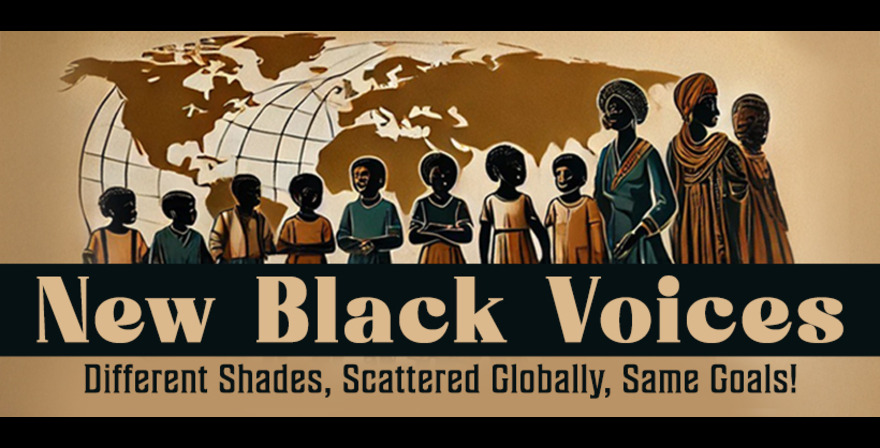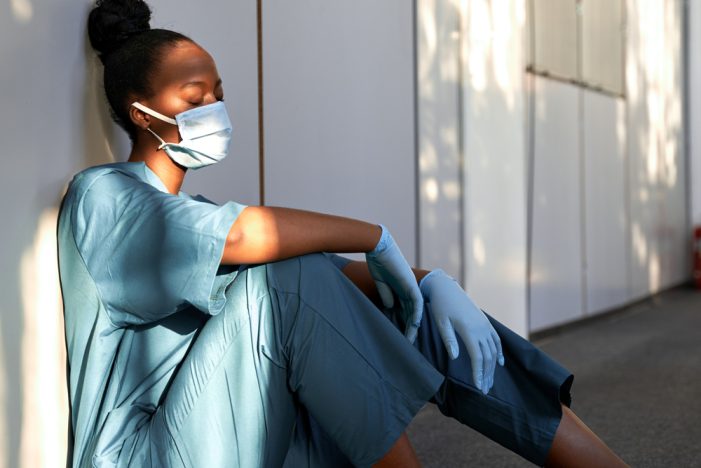By Fenix Suriel
Before the 20th century, health insurance in the U.S. was rare and often charitable. In 2000, an estimated 14% of the population was without health insurance coverage for the entire year, according to the United States Census Bureau.
Employer-based insurance emerged during World War II wage freezes, with fringe benefits like health coverage becoming tax-advantaged. Starting in the 1960s, the federal government established Medicare and Medicaid to provide health coverage for seniors, individuals with disabilities, and low-income individuals.
The Patient Protection and Affordable Care Act (ACA), commonly referred to as Obamacare, expanded coverage to all Americans, with subsidies for low- and middle-income individuals to purchase insurance via Health Insurance Marketplaces.
The Affordable Care Act
The ACA guaranteed issue and community rating to protect people with pre-existing conditions. Individual and employer mandates to encourage broad enrollment.
The ACA also provided federal funding to expand Medicaid eligibility in participating states. Studies show it prevented tens of thousands of deaths, reduced mortality in expansion states, and significantly improved access to care.
Donald Trump frequently promised “insurance for everybody” and repeatedly claimed he would have a “terrific” replacement for Obamacare, yet he never unveiled a viable alternative.
However, this Trump administration, like its predecessor, has lacked a coherent replacement plan. As early as the campaign trail, Trump appeared flustered in debates when asked to describe his version of affordable healthcare.
The Big Beautiful Bill
In 2025, Congressional Republicans advanced a budget reconciliation package, often referred to as the “One Big Beautiful Bill Act,” with a strong focus on repealing safety nets. Key changes include:
- Up to $800–$880 billion in Medicaid cuts over a decade via per-person caps or block grants,
- Stringent work requirements, frequent eligibility re-verifications, and additional cost-sharing for recipients above the poverty line,
- Restrictions on coverage for gender-affirming care, abortion services, pharmacy benefit managers, and limitations on provider taxes.
However, the “Big Beautiful Bill” might not be as beautiful as promised. Studies from Arkansas and Georgia show work requirements led to coverage losses without increasing employment. Early estimates predict that around 10–12 million people could lose Medicaid by 2034.
Public health experts warn that cuts to CDC funding, federal staffing, and state health grants undermine disease surveillance, vaccination efforts, outbreak preparedness, and responses to contagious diseases.
Economic models predict 1 million job losses in the healthcare, hospitality, and food sectors, resulting in a $113 billion GDP reduction and nearly $9 billion in lost local revenue. And restrictions on Medicaid access have been linked to increased crime rates and recidivism.
The sectors most affected are those in the service industry, including food delivery, restaurants, and tipped workers. Approximately 45% of this workforce relies on Medicaid; up to 1.2 million could lose coverage due to cuts and work requirements.
Many tipped workers earn under $2.13/hour (pre-tips) and face poverty at twice the rate of other workers, making the Medicaid safety net critical.
This raises many public health concerns.
If uninsured workers skip medical care or work while sick, the risk of foodborne illness and COVID-like outbreaks increases. Historically, restaurant workers have been vectors for disease transmission (“Typhoid Mary”).
The impact is negative on the economy and is felt through ripples in employment.
Loss of Medicaid funding threatens hospital closures, reduced services, and job cuts in the hospitality and related industries, such as transportation and cleaning.
Gig and delivery workers suffer disproportionately when compared to other workers. Many delivery service workers rely on Medicaid or ACA marketplace plans, which are subsidized by their low incomes.
Without Medicaid and with ACA tax-credit support under threat, gig workers face increased uninsured rates and financial insecurity.
Deep cuts to the CDC, NIH, FDA, CMS, and federal grants risk rolling back the gains made during the COVID-19 pandemic.
What Does This Mean for New Yorkers?
In New York City, over 4 million residents rely on Medicaid, and nearly 3 million use SNAP, according to a NYC Comptroller press release. State cuts to substance abuse, mental health, and addiction services affect tens of thousands.
“NYS’s healthcare system is on the brink of collapse,” said Dennis G. Trainor, CWA District 1 in a press conference a year ago. “We urge New York’s lawmakers to invest in New York healthcare,” added NYS Nurses Association President Nancy Hagans.
NYC continues to lobby for substance abuse funding and expanded Medicaid coverage for vulnerable groups. Lawsuits by the New York State and City governments are underway to block HHS’s sudden funding terminations.
The mayor’s proposed $115 billion budget includes expanded school-nurse programs, health funding, and food assistance initiatives.
The increasing number of uninsured individuals leads to higher uncompensated care burdens, which in turn push costs higher for hospitals, commercial insurers, and employers.
“We have over 7 million New Yorkers who rely on Medicaid as a lifeline,” said Governor Kathy Hochul at St. Mary’s Children’s Hospital earlier this year.
Local government representatives have made efforts to solidify the progress made in ensuring all workers are adequately insured.
Council Member Lincoln Restler (Brooklyn) launched a program to “Trump-proof” NYC public health, securing $10 million in City funds for infectious disease surveillance, vaccines, and additional restaurant inspections.
Council Speaker Adrienne Adams (Queens) and Justin Brannan (Brooklyn) collaborated on funding health infrastructure in response to federal cuts.
NYC Comptroller Brad Lander has repeatedly highlighted the impact of federal cuts on millions of residents in NYC, calling for protective action.
Fenix Suriel is a journalist based out of New York City and a student at the Craig Newmark Graduate School of Journalism.

